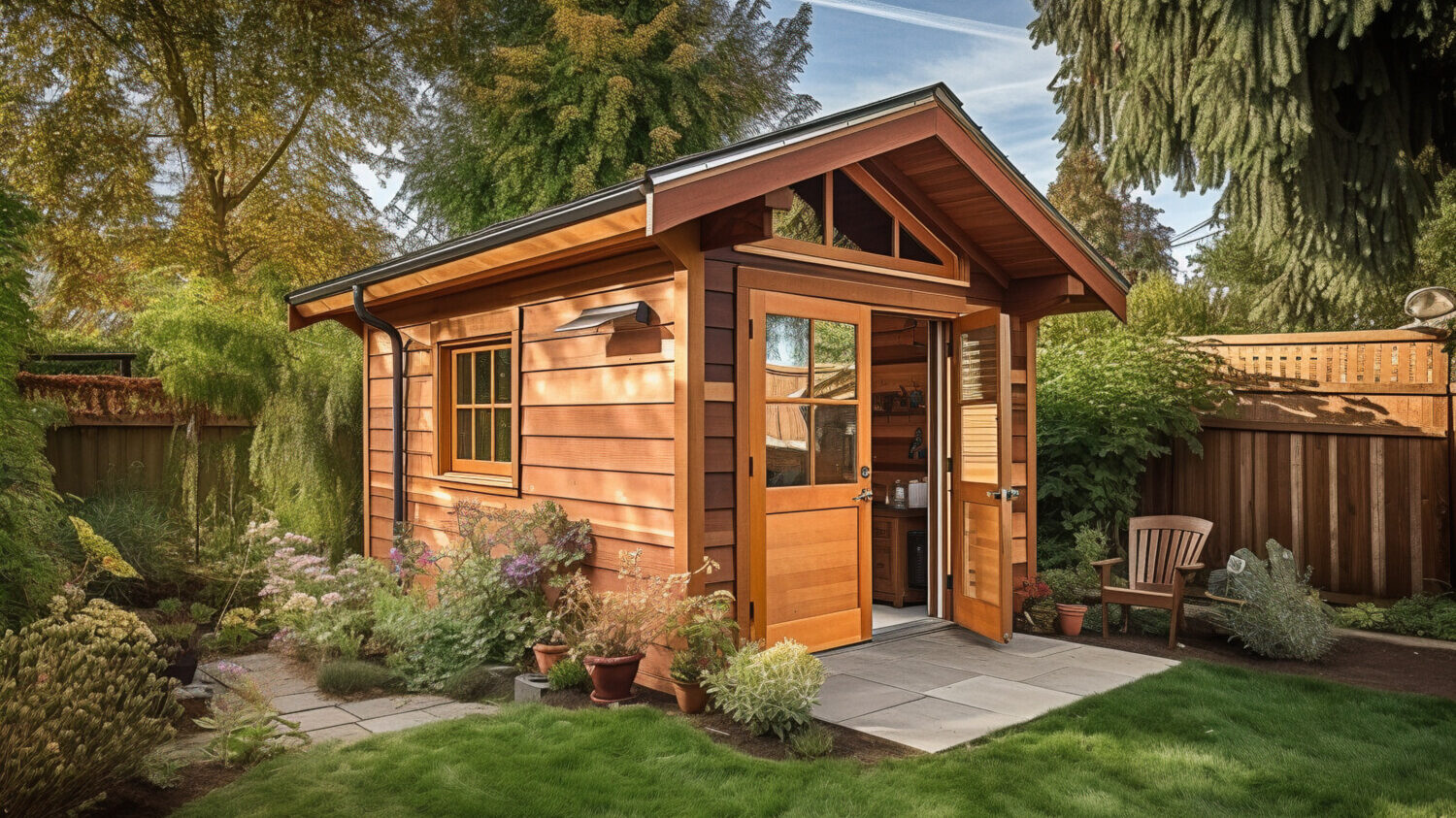Whether you call it a granny pod, an Accessory Dwelling Unit (ADU), an in-law suite, a granny flat, a casita or a number of other names, having a private living space on a single-family home’s lot has become more common — meaning a visit to grandma’s house could be just a quick walk away.
Sometimes these are separate buildings, sometimes they are attached, and sometimes they are within an existing home, such as in the basement or on an upper floor. ADUs share utilities with the primary home and usually have a kitchenette, bathroom, bedroom and living area.
Why Granny Pods?
One reason for more ADUs today is that the large baby boomer generation has all now crossed over into retirement age. They and their families need to figure out housing arrangements that can support them as they get older.
The U.S. Census Bureau estimates that, as of 2020, there were 3.5 working-age adults for each retirement-age person. By 2060, that ratio is expected to switch to 2.5 to 1 with working-age versus retirement-age Americans.
MORE: These adorable tiny home communities make downsizing a little easier
The U.S. Census Bureau shows that as baby boomers age, there will be more older people than children for the first time in recorded American history. One in five U.S. residents will be retiree-age in by 2030.
This is happening at the same time as the continuing U.S. housing shortage. One potential solution to finding homes for more elderly people when there is less housing is to build a tiny home or in-law stuite on existing single-family home lots.
Enter: The granny pod!

Before 20th-century zoning laws, it was easier to add outbuildings or additions to your property. However, by around World War II, restrictions made it much harder. Only in more recent years have states and counties started to change laws to make it more feasible to add an ADU to your property. The West Coast in particular has seen a boom in ADUs recently.
In 2019, Freddie Mac estimated that 70,000 properties with ADUs were sold compared to 8,000 in 2000. Freddie Mac also put the number of ADUs in U.S. homes as of 2019 at 1.4 million. Presumably, this number is even higher in 2023, especially since the COVID-19 pandemic, which found different generations of the same family joining together for living situations.
If you’re interested in adding a “granny pod” or ADU to your home, check your state and city regulations to see what is required.

Pros Of Granny Pods
A recent Pew Research Center analysis showed that between 1971 and 2021, people in multigenerational family households quadrupled in number. The same data indicated that a third of U.S. adults gave “caregiving” as the reason why they live in a multigenerational home. Twenty-five percent of that group said it was for adult caregiving and 12% said it was for child care.
And caregiving is indeed a big upside to granny pods as they can help people age in place both logistically, financially and emotionally.
“When you think about those that are aging, they typically become more isolated over the course of their life,” Genevieve Waterman, director of financial and economic security for the National Council on Aging, told U.S. News and World Report. “And so, having multigenerational housing allows them to continue to have that daily interaction.”
MORE: Home Depot has a tiny home kit with a spiral staircase for under $45K
Either adult children can live in an ADU on a shared property with their older parents or vice versa. Either way, having a private space that keeps Mom and Dad close by can mean not having to send them to a retirement facility.
Sharing expenses can save money, and an ADU can lead to an increase in a property’s value. It can also mean the difference between having to sell a longtime family home.
While the average cost of an ADU can vary widely, they typically cost close to half that of building a single-family home.
Negatives Of Granny Pods
One con to ADUs can be how to manage the legal and financial impacts of building a separate dwelling on your property.
For instance, there can be unexpected costs in building an ADU, such as upgrading existing utilities, readying your yard for a new outbuilding, the interior design of the ADU, and if construction takes longer than expected.
Downsizing is also often required to fit a smaller place. And ADUs might not have enough space or adaptations for a wheelchair, walker or other necessary accommodations. So, if you’re looking to build one, make sure to take into consideration things like ramps, wider hallways, smooth flooring, grab bars, furniture, appliances, sinks and toilets that will accommodate someone with less mobility.
Sometimes multigenerational living can rub the wrong way. The aforementioned Pew Research Center study showed that more people in that type of situation said it was “very positive” (30%) or “somewhat positive” (27%), 26% were neutral and 14% said it had been “somewhat negative.” Only 3% said it was “very negative” however.
People considering a granny pod type of situation should examine their family dynamics and lay down ground rules. Will Grandma have her meals separately? Can grandkids come over to her house?
Would you consider building a granny pod at your home?
MORE: This couple turned a semitrailer into a tiny home on wheels
This story originally appeared on Simplemost. Check out Simplemost for additional stories.


